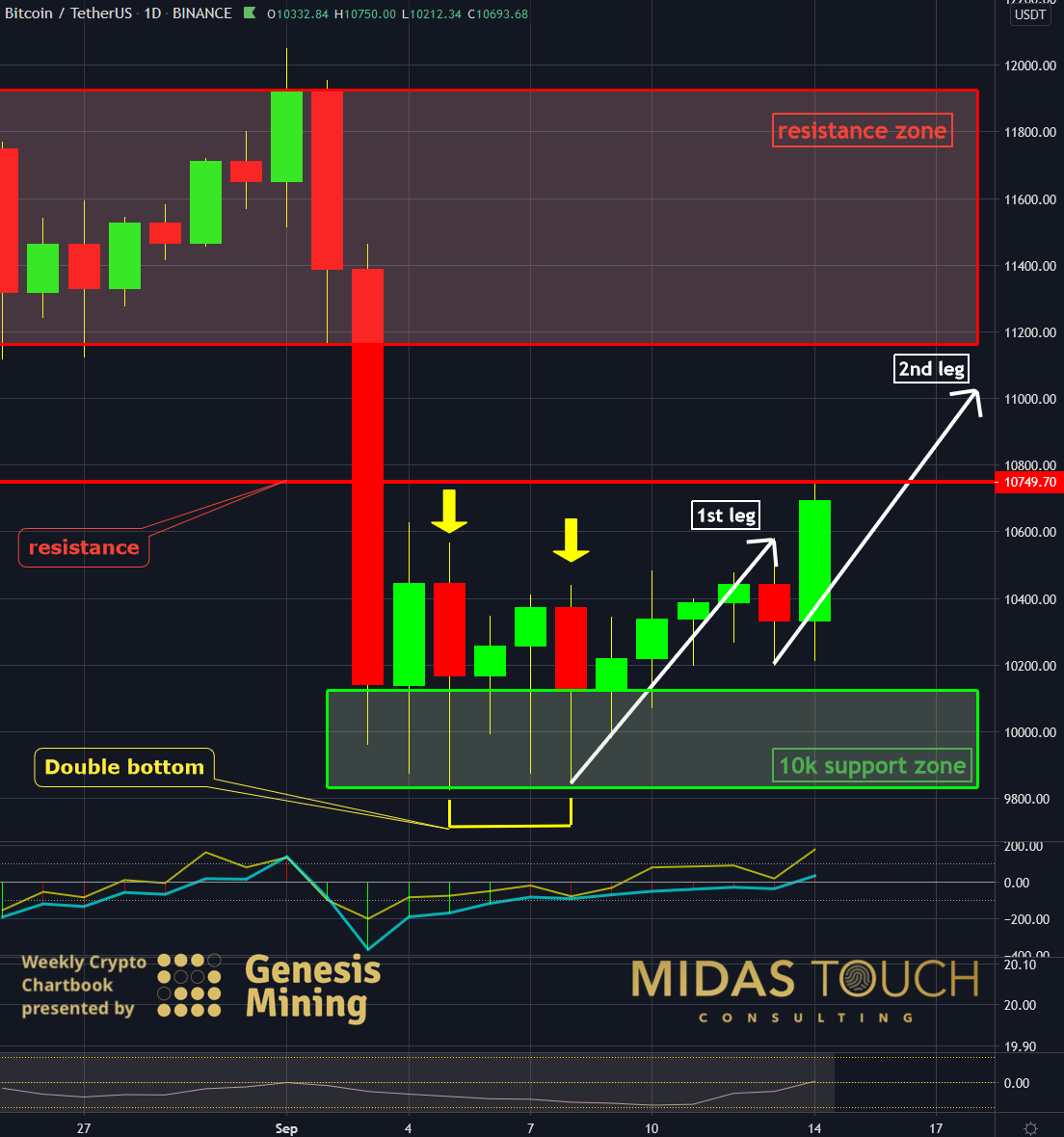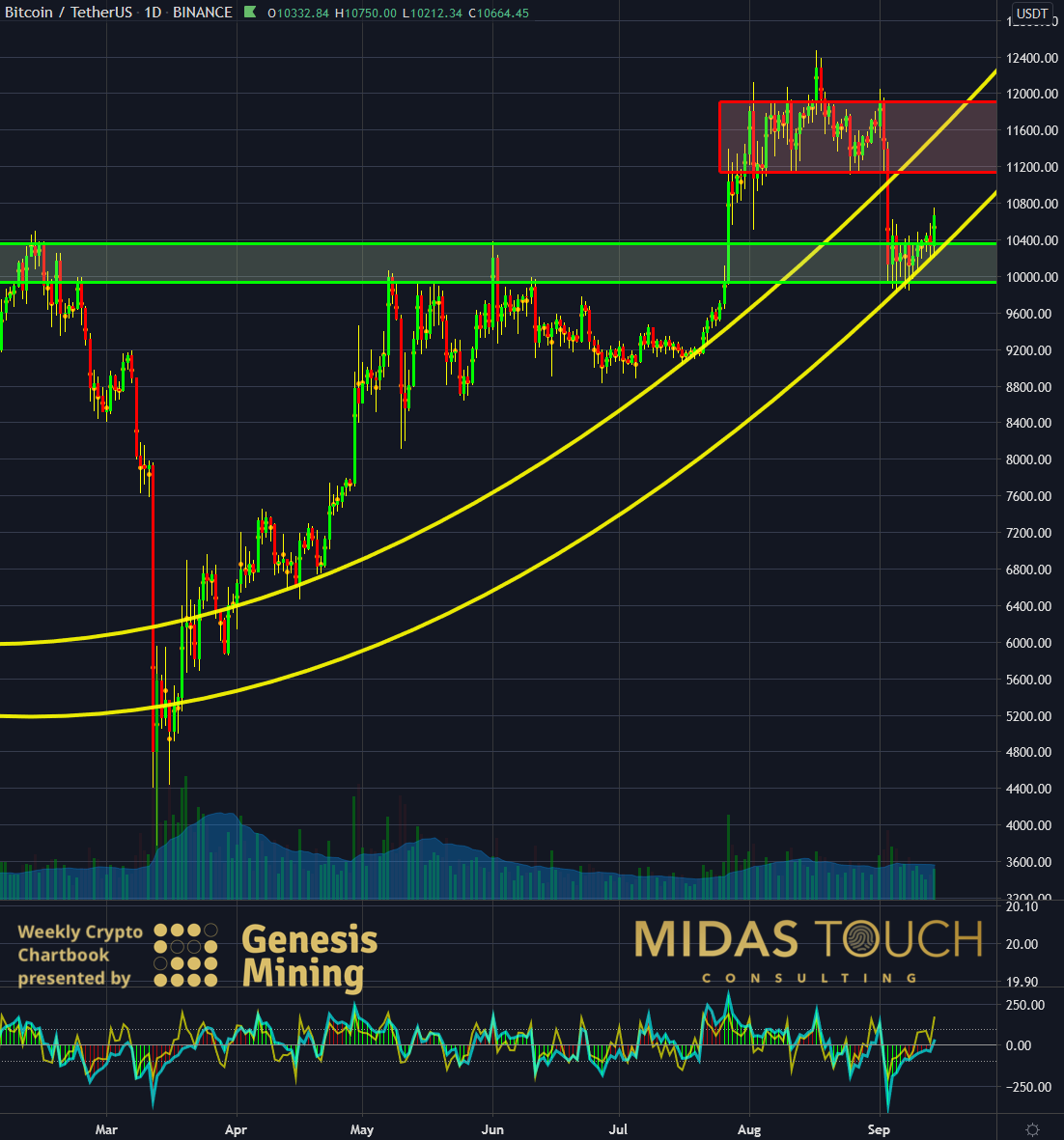Crypto Chartbook: The Principle Of Impermanence
Based on the principle of impermanence it needs to be clear that no trading system is ever finished and permanent. No individual bet is a predictable one. As a trader, You need to constantly be on Your toes to revisit the principle alignment on which You built Your stacked edges to ensure consistent profits. As humans, we also aren’t permanent but are constantly evolving and changing. No physical cell in our body stays the same for a very long time. That is to say, we are in a consistent flux of regeneration and rebuild. Scheduled maintenance based on a detailed business plan is a core foundation to not run into larger troubles.
Many find themselves resting after years of system development, money management establishment, and psychological reconditioning to be fit for execution in a mindset of pure execution. It is essential to not slack on maintenance work. Constantly monitor various elements of your complex trading machine.
Inter market relationship changes for example are often the early alarm bells for systems to underperform or break. We often thrive for a status quo as humans and are reluctant and even overwhelmed by change. The markets require the attention and willingness to change! You either have an anticipatory system in place for monitoring system performance or are reactionary forced to change after losses have outweighed your avoidance to change on the pain level.
BTC-USDT, Daily Chart, Comparing detailed market behavior:

BTC-USDT, daily chart as of September 14th, 2020
One way to check if your system is in alignment with what the market is doing is scrutinizing details. In our recent chartbook, we anticipated the 10k zone of Bitcoin to hold and prices from there to advance higher. We were right on the money with this call! Let us have a closer look at what has happened. The daily chart above shows that the two main attacks of the bears trying to push prices lower failed (yellow arrows) and built a double bottom. Once established, the first leg up evolved. Consequently, it retraced, and the start of a second leg up pushed prices higher (white arrows).
BTC-USDT, Daily Chart, Volume profile:

BTC-USDT, daily chart as of September 14th, 2020 b
The chart shows an overlay of a volume profile on the last twelve days’ range. It shows that the second leg entry bounced from the point of control (yellow line). A confirmation of the validity of the turning point and a support reference for possible future price declines.
BTC-USDT, Daily Chart, Where the money is:

BTC-USDT, daily chart as of September 14th, 2020 c
Just because a price turning point is identified does not mean low-risk money extraction is guaranteed. A look at the chart above shows that risk-reward ratios are available for longer-term plays like weekly and monthly. The daily position plays do not have favorable entries. With price trading above the support zone stop level distances are unfavorable. A second leg player or breakout player finds himself restricted. To clarify, a large overhead resistance is lurking right above with little room to maneuver. It is these limitations that one should benchmark one’s system against. Most importantly when price behavior changes due to different market participant behavior. Commonly, larger time frame market participants action (governments, hedge funds, banks, …) causes smaller time frame players to find themselves in less opportune circumstances. Until the big players have positioned themselves.
The principle of impermanence has its rosy side just as well. We have overcome wars, pandemics, and other debilitating historical events, and will do so in the future. Even dramatic trading experiences of devastating losses can be overcome and restarting one’s career is possible. The principle of impermanence simply warrants to give into the flux of life. It rewards those who stay with the flow versus those who try to force nonlinear events into a rigid system or box.
Disclosure: None.



